Reportar esta entrada
Más sobre la misma comunidad-colección
Primera Mujer Suzanne S. Azar -Mayor 1989-1991
First and only woman mayor of El Paso, Texas - 1989-1991.
Ashley G. Classen, Mayor, El Paso, TX circa 1969
Ashley G. Classen was the mayor of El Paso, his term was in ...
Mayor - Richard M. Dudley 1923-1925 - El Paso, Texas
Mayor 1923-1925. Richard M. Dudley, engineer and El Paso mayor, ...
Joseph Magoffin - Alcalde - 1881 a 1885
Joseph Magoffin was the mayor of El Paso during four separate ...
Dr. Judson F. Williams - Mayor 1963-1969
Dr. Judson F. Williams was the mayor of El Paso from 1963-1969. ...
Raymond Telles- Mayor 1957-1959
Raymond Telles was the mayor of El Paso from 1957-1959. Telles ...
John E. Anderson- Mayor 1939-1947 - El Paso, Texas
John E. Anderson was the 25th mayor of El Paso, Texas - his term ...








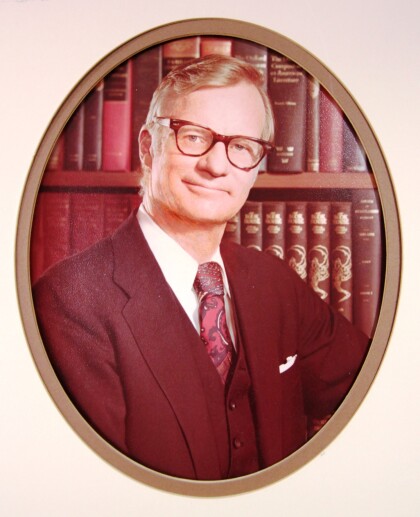
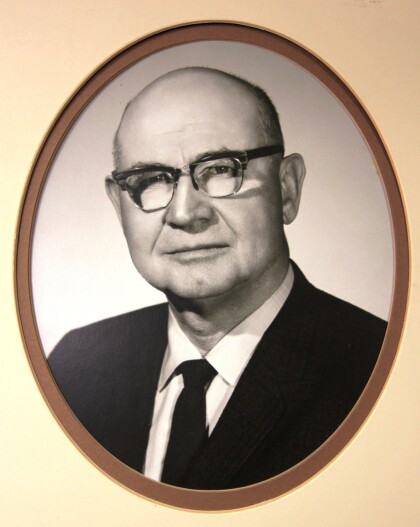
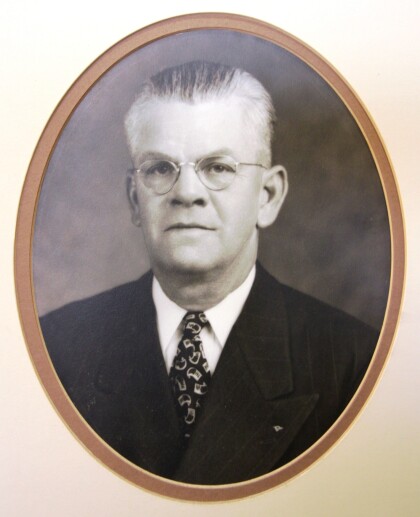
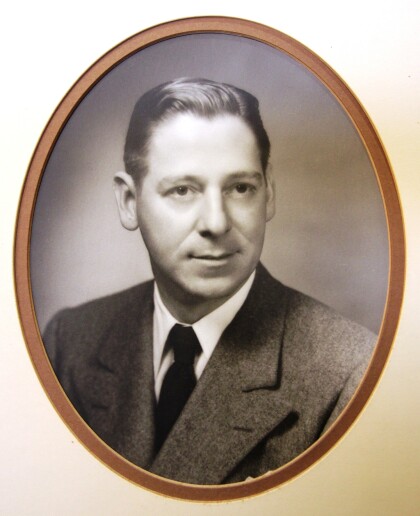
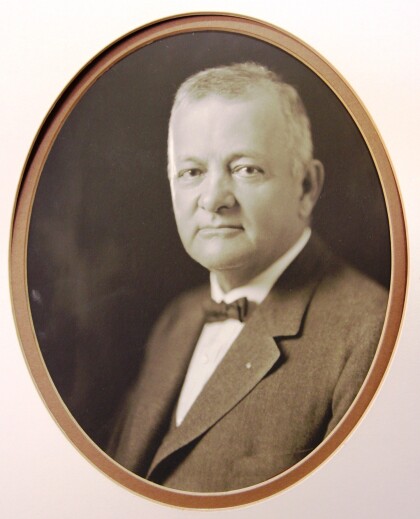
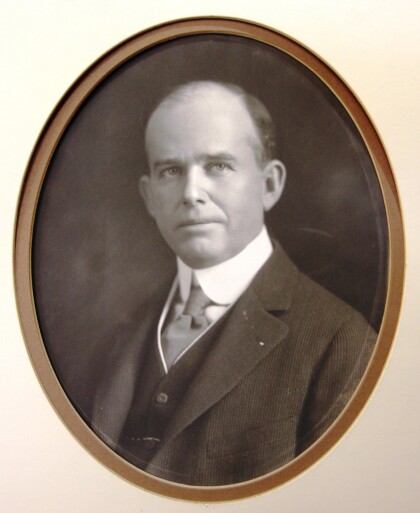
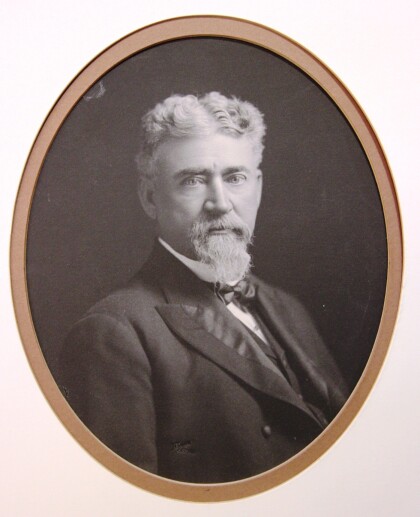
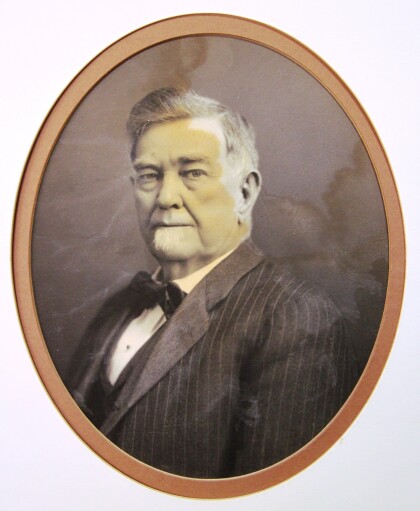
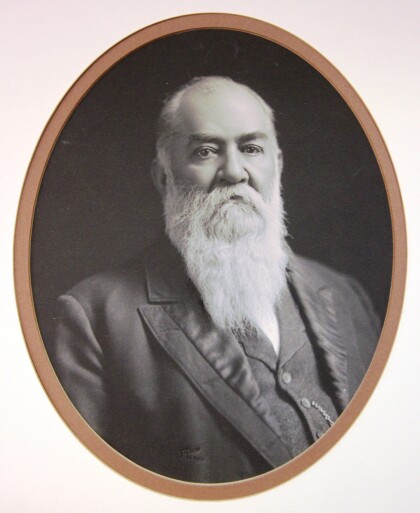
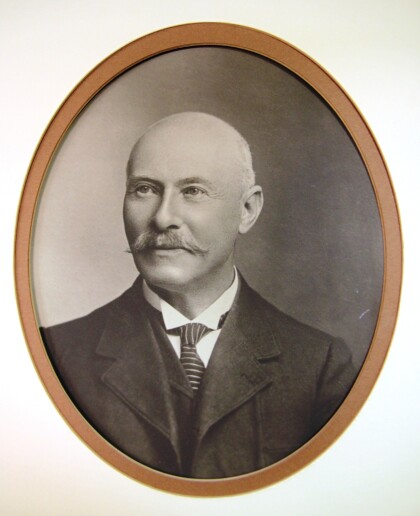
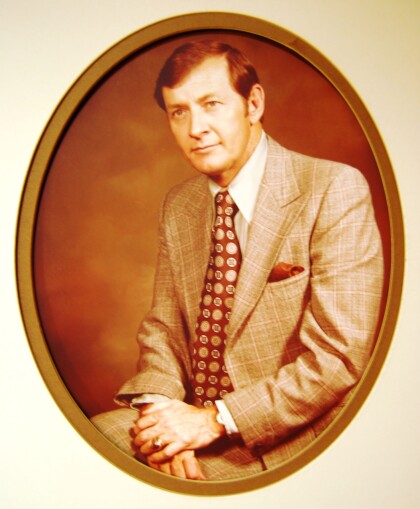
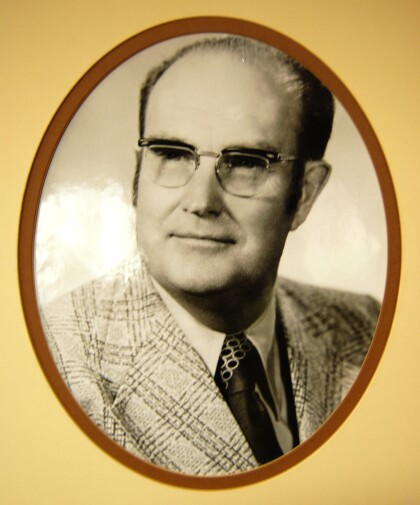
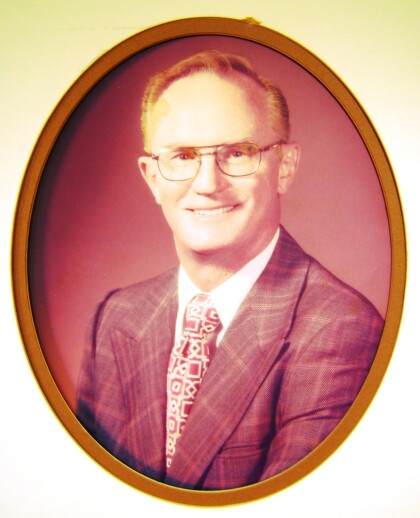
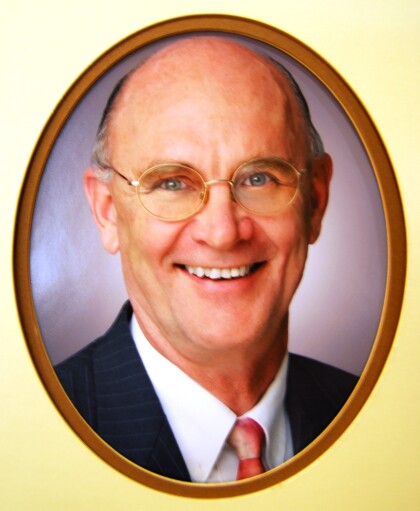
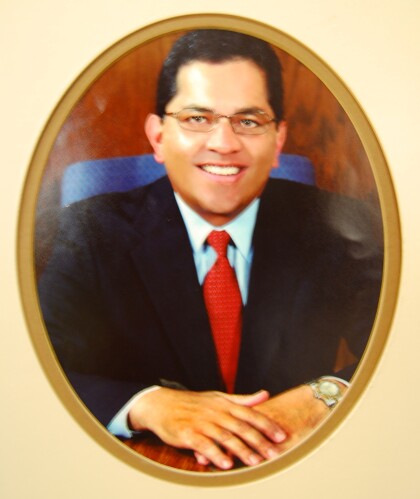
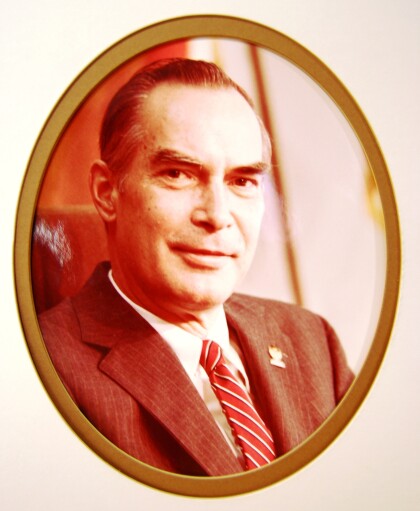
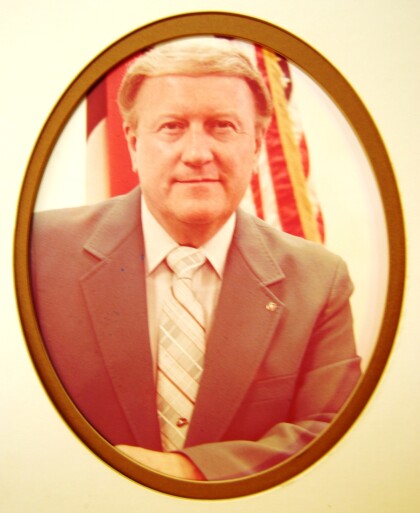
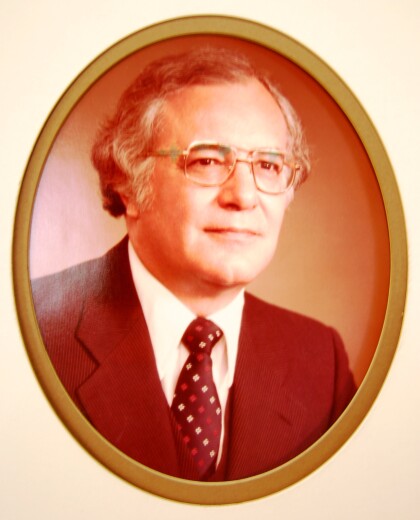
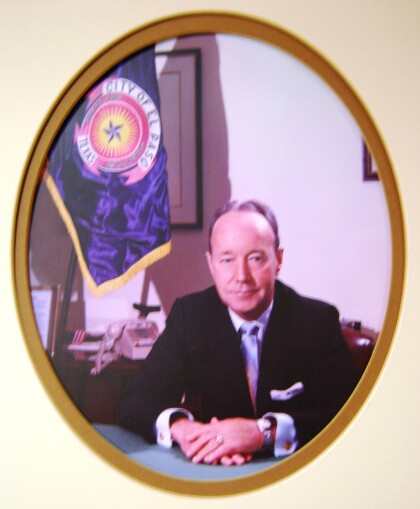
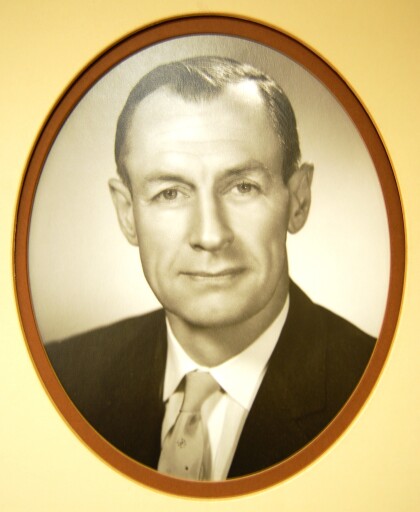
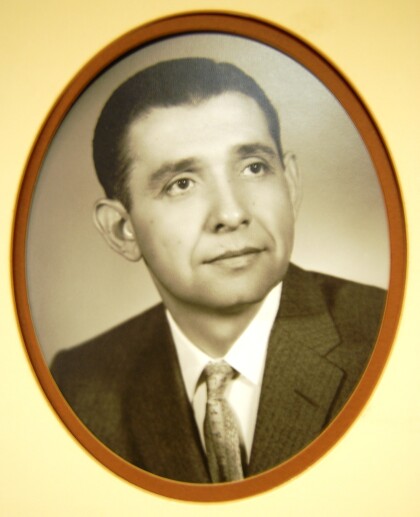
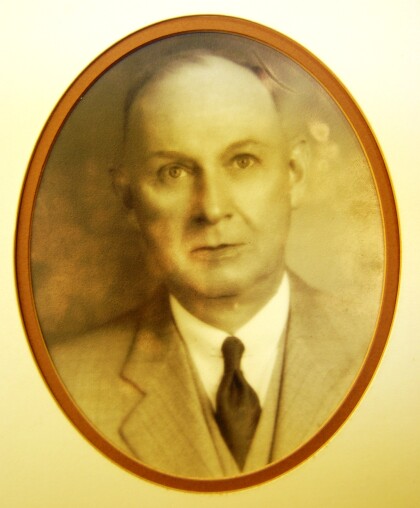
Comentarios
Hacer un comentario